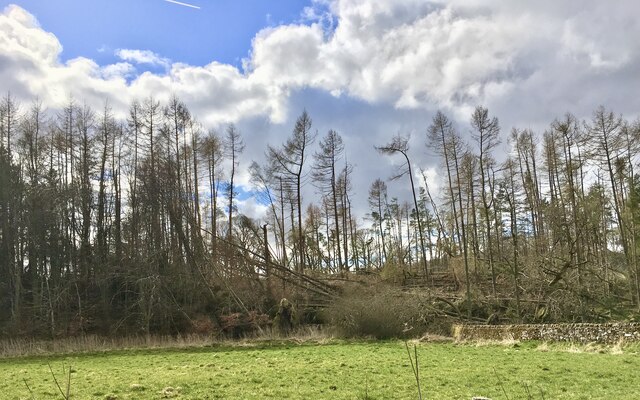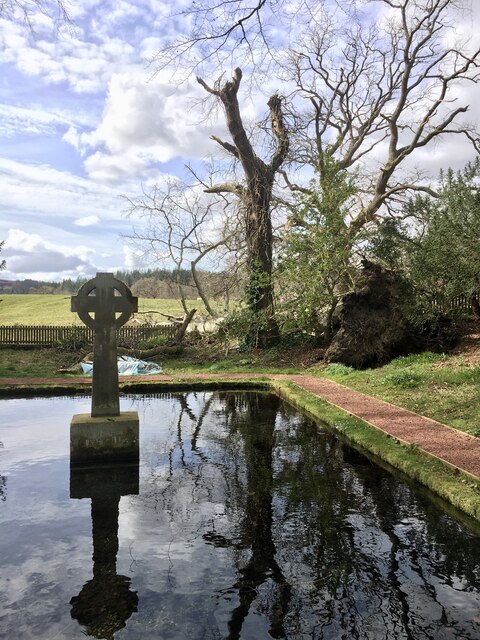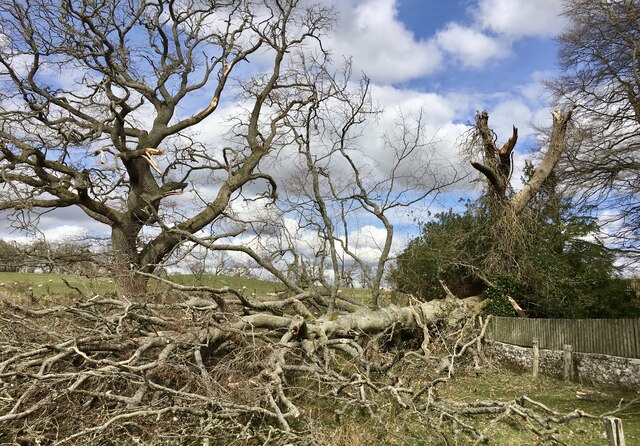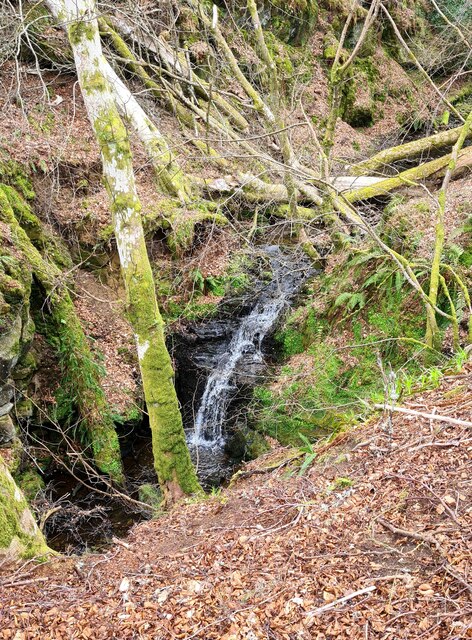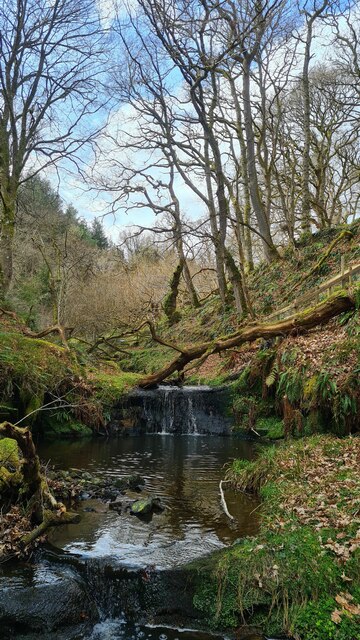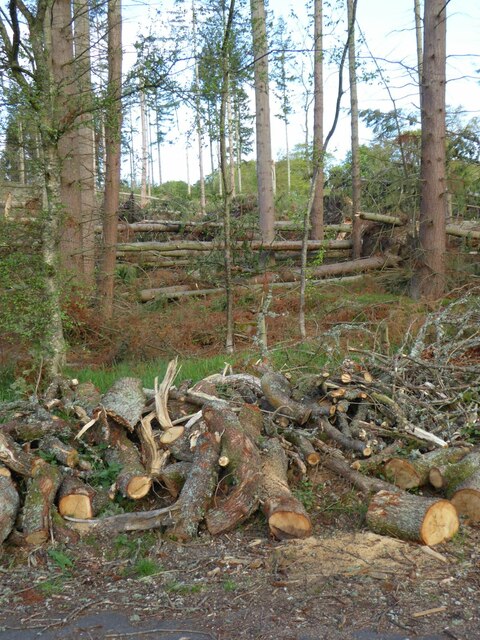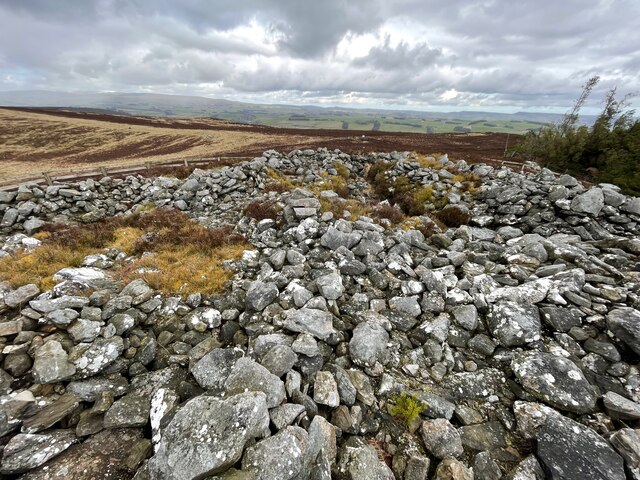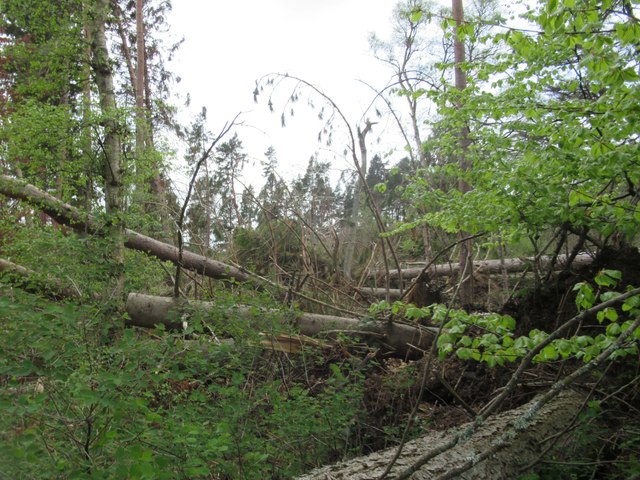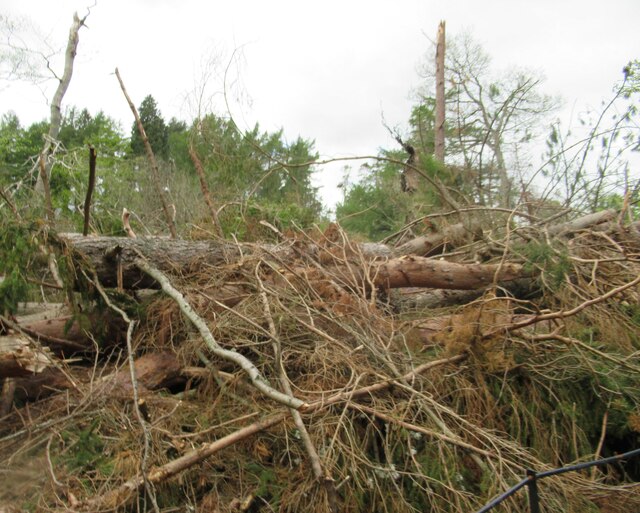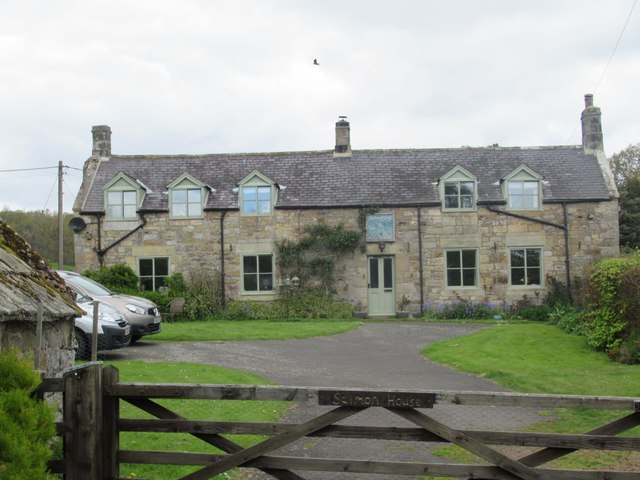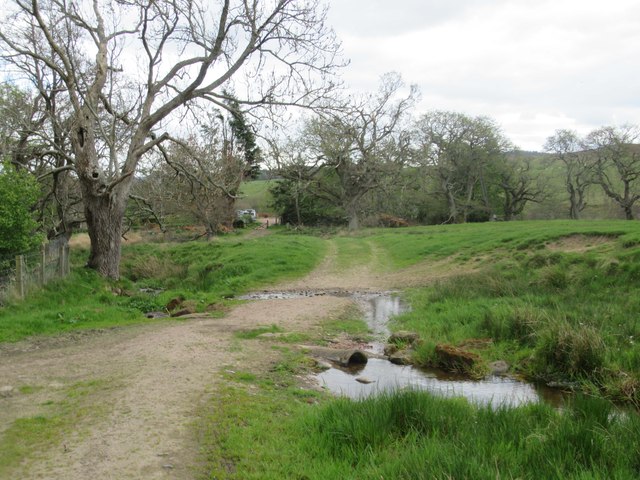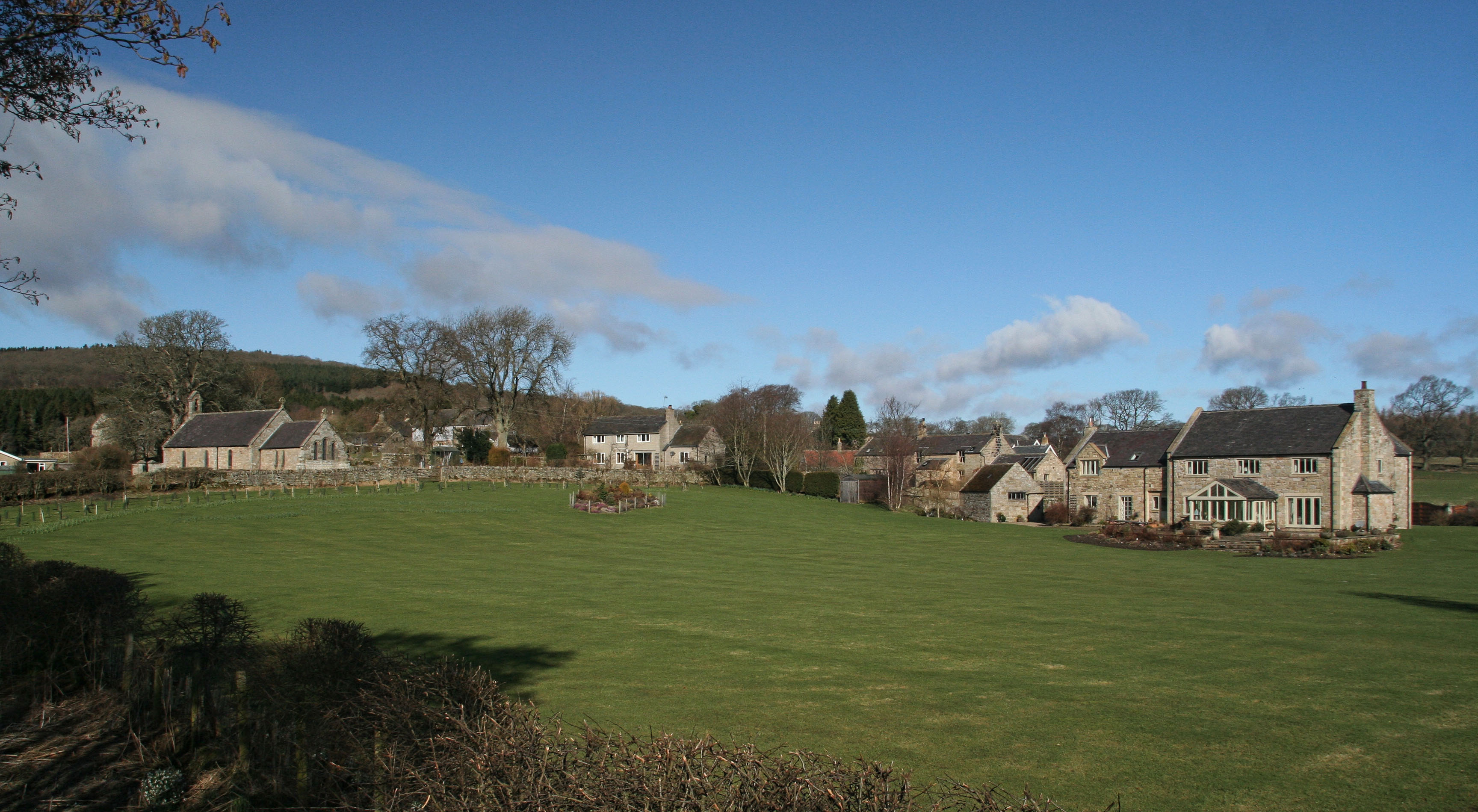May Plantation East
Wood, Forest in Northumberland
England
May Plantation East
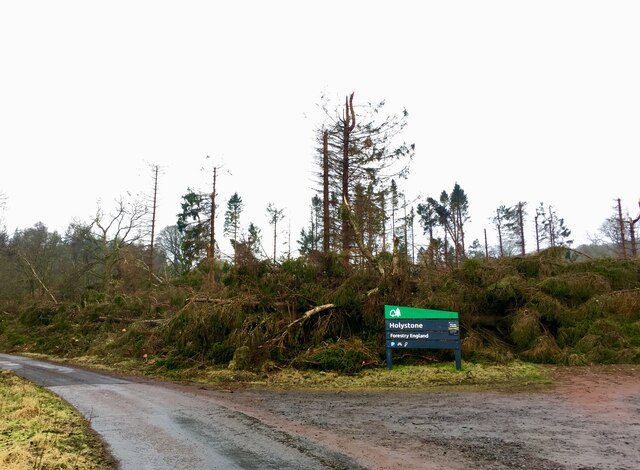
May Plantation East is a sprawling woodland located in the Northumberland region of England. Covering an extensive area, the plantation is situated in the eastern part of May, a small village known for its picturesque landscapes and natural beauty. The woodland is predominantly composed of dense, lush forests that are home to a diverse range of flora and fauna.
The plantation is characterized by its tall, mature trees, including oak, beech, and pine, which provide a dense canopy and create a serene and tranquil environment. The forest floor is covered in a thick layer of moss and fallen leaves, adding to the enchanting atmosphere of the woodland.
Walking trails crisscross through the plantation, allowing visitors to explore its natural wonders. These paths lead to hidden clearings, babbling brooks, and small ponds, providing ample opportunities for nature enthusiasts to observe and appreciate the local wildlife, such as deer, squirrels, and a variety of bird species.
May Plantation East is not only a haven for nature lovers but also serves as an important ecological habitat. The diverse range of trees and plants supports a rich biodiversity, providing a home for numerous species of insects, animals, and birds. The woodland is also managed sustainably, with periodic tree thinning and replanting efforts to maintain the health and vitality of the forest ecosystem.
Overall, May Plantation East is a captivating woodland that offers visitors a chance to immerse themselves in the beauty of nature. Whether it is a leisurely stroll or an adventurous hike, this woodland provides a serene escape from the hustle and bustle of everyday life, allowing visitors to connect with the natural world.
If you have any feedback on the listing, please let us know in the comments section below.
May Plantation East Images
Images are sourced within 2km of 55.305974/-2.066399 or Grid Reference NT9501. Thanks to Geograph Open Source API. All images are credited.
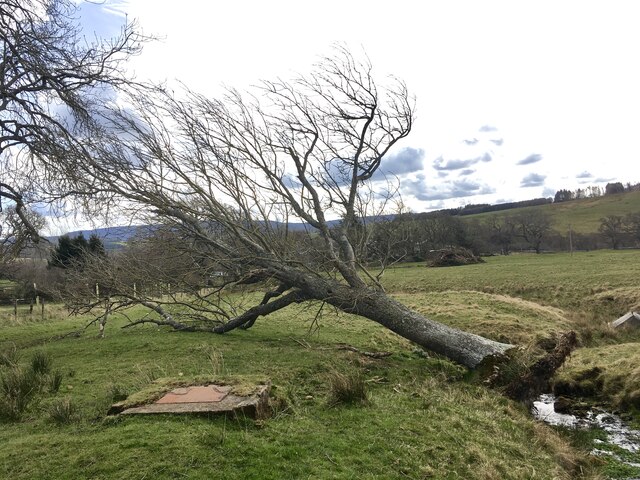
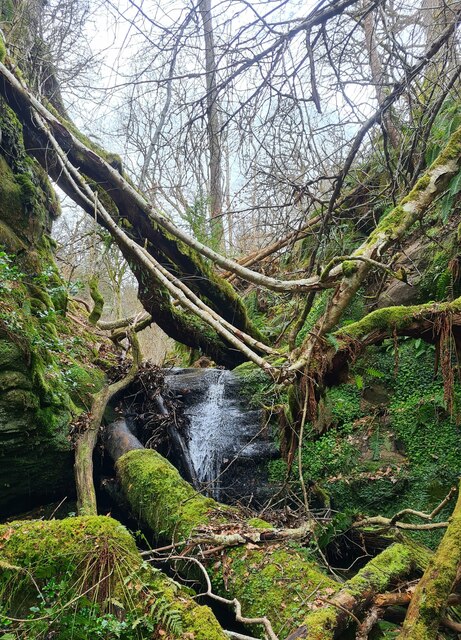
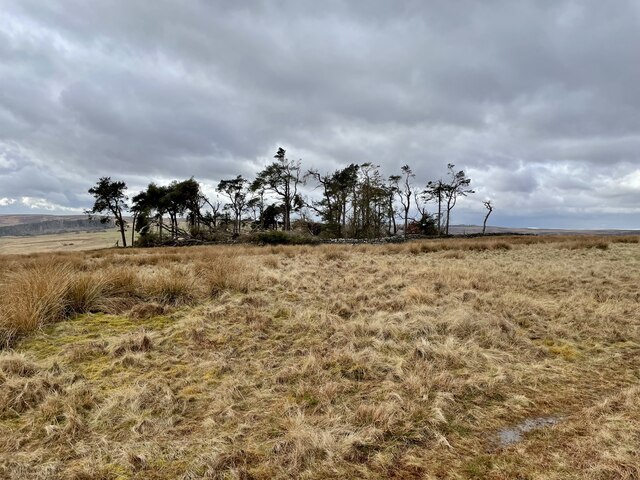
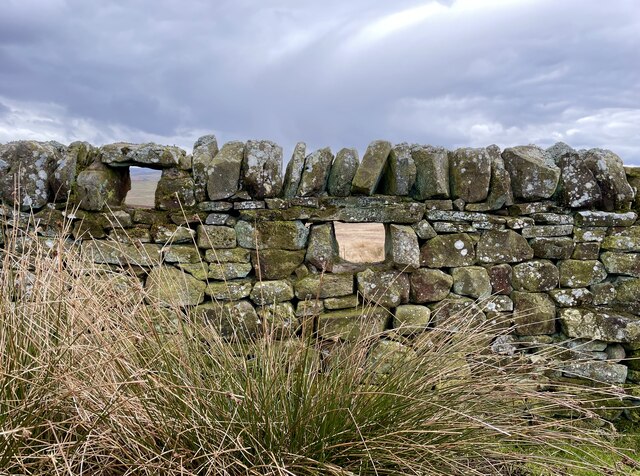
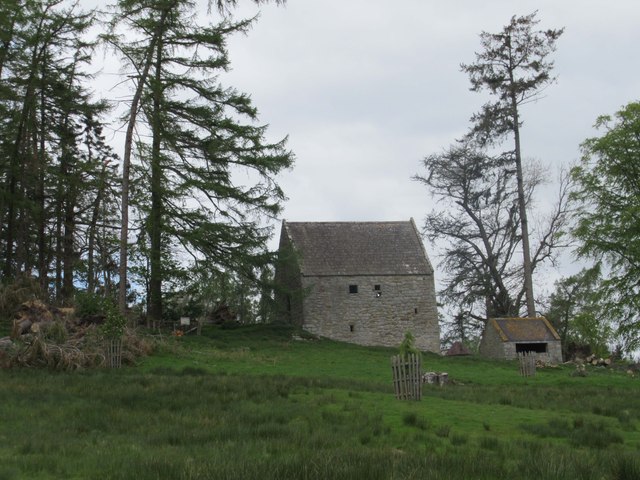

May Plantation East is located at Grid Ref: NT9501 (Lat: 55.305974, Lng: -2.066399)
Unitary Authority: Northumberland
Police Authority: Northumbria
What 3 Words
///chucked.texted.golf. Near Rothbury, Northumberland
Related Wikis
Holystone, Northumberland
Holystone is a small village and former civil parish, now in the parish of Harbottle, in Northumberland, England. It lies on the edge of (and just within...
Sharperton
Sharperton is a small settlement and former civil parish, now in the parish of Harbottle, in Northumberland, England. Sharperton is the site of a deserted...
Hepple
Hepple is a small village and parish in rural Northumberland, 4 miles (6.4 km) west of Rothbury, which provides most of its local services. It is on the...
High Cove
High Cove is a major slip feature to the west of Grasslees Burn in the Simonside Hills, Northumberland, England. It contains several small rifts and caves...
Reivers Way
The Reivers Way is a long-distance footpath in Northumberland, passing through the Northumberland National Park and the Cheviot Hills. Totalling 242 kilometres...
Harbottle
Harbottle is a village and civil parish in Northumberland, England about 10 miles (16 km) south-east of the Scottish border, in the southeastern part of...
Harbottle Castle
Harbottle Castle is a ruined medieval castle situated at the west end of the village of Harbottle, Northumberland, England, 9 miles (14 km) west-north...
Billsmoor Park and Grasslees Wood
Billsmoor Park and Grasslees Wood is the name given to a Site of Special Scientific Interest (SSSI) in Northumberland, North East England, designated in...
Related Videos
Holystone, Lady's Well and Dove Crag with Interesting Walks NE (7.8 miles)
Beautiful walk around Holystone with a bait stop at Dove Crag. I was absolutely worn-out after this one - the combination of blown ...
Walking the Beacon Trig Point on Dues Hill (301m)
Winter hike - trips and tumbles around Holystone Common and up to the Beacon trig point on Dues Hill. When you can't ...
Holystone TRIP
Tumble around Holystone Common to the Beacon.
Nearby Amenities
Located within 500m of 55.305974,-2.066399Have you been to May Plantation East?
Leave your review of May Plantation East below (or comments, questions and feedback).
